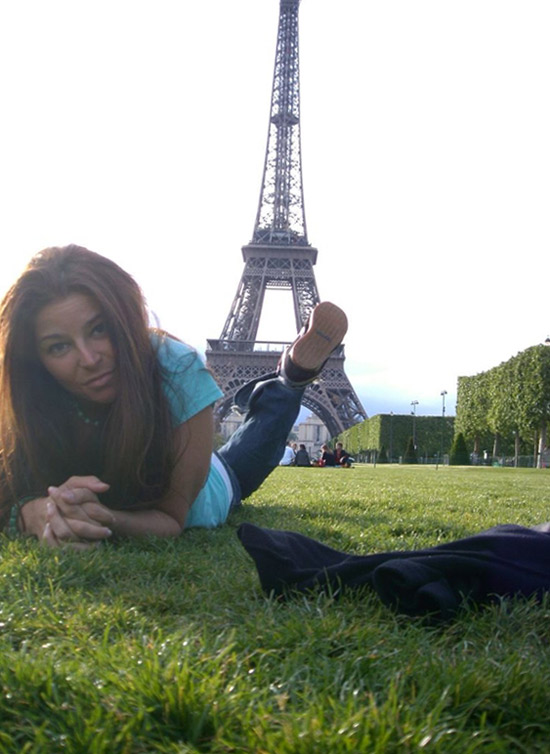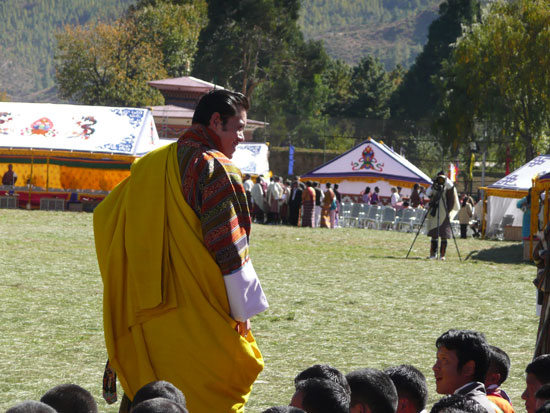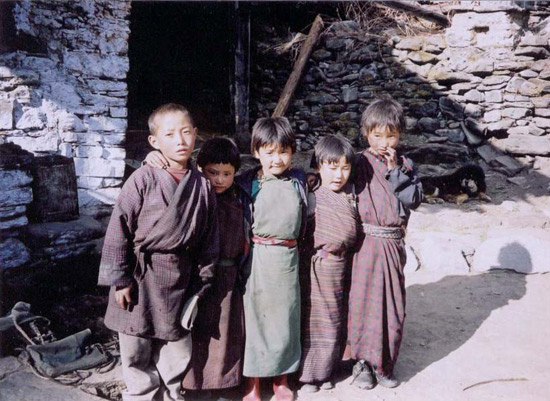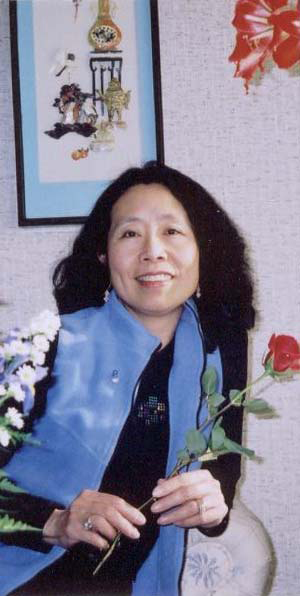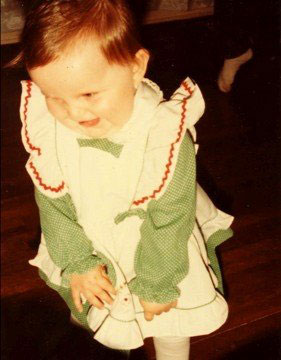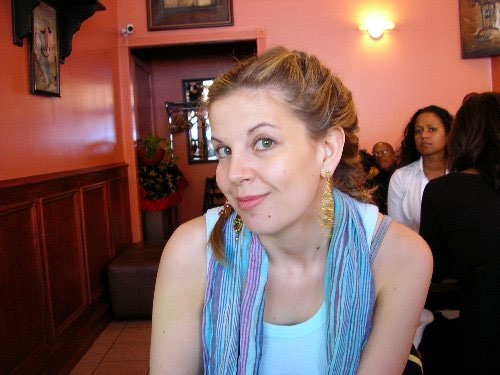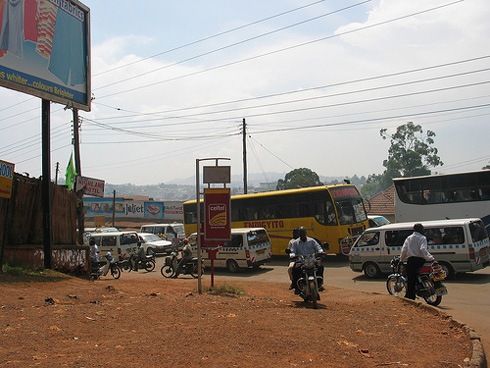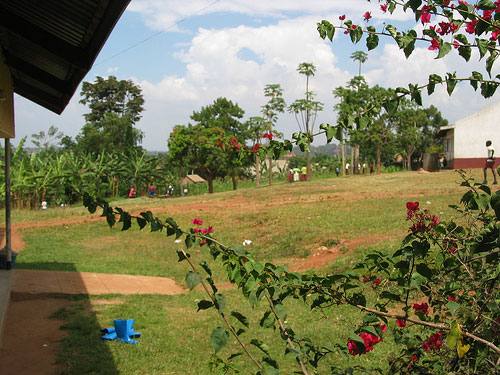America’s prison system is the biggest in history.
Of the roughly nine million prisoners in the world, over two million are in America (World Prison Population List). The United States incarcerates more of its own people (an estimate of 2,357,284 according to the incarceration clock on January 27, 2009, at 12:56 p.m.) per capita than any other nation. This rate is 6.2 times greater than Canada’s, 7.8 times greater than France’s, and 12.3 times greater than Japan’s.
Why?
The simple answer would be because of our crime rate, only this is not really true. America’s incarceration rates and crime rates do not correlate. The imprisonment rate does not reflect the general population growth either; population growth is a molehill compared to the ever-growing mountain of incarcerated Americans (Punishment and Inequality in America, 2006).
If imprisonment and the creation of prisons are not direct responses to crime, what are they? Marxist scholars say that the elites have seized upon the idea of mass incarcerations as a new answer to an old question: What shall we do with the poor? Political historians note that, after Nixon made drugs and crime his chief campaign issues, a “tough on crime” image became a political sine qua non. (Before the ’60s, crime prevention was an invisible, unglamorous political duty, like road maintenance. Then Goldwater and Nixon and Reagan, no longer allowed to comment directly on “the Negro problem,” used crime as a wedge issue to secure the white vote, and the Willie Horton age was born). Racial bias theorists see the “War on Crime” as a war on African Americans, and incarceration as an extension of slavery.
But prison is not merely a theory. A prison is a building. A building sited on 50 acres of flat farmland. It has towers, offices with shaded windows, surveillance screens, uniformed guards, lights along its perimeter. Penetrate further inside and the imagination grows dim; it darkens with every locked door, but even on the inside of the inside there are people. People playing Scrabble, trying to pray, outlining letters in their head, napping before class, eating three meals a day. And outside the prison compound there are people, too. Outside the prison walls there is a town.
Once a factory town
A lot of American towns are begging for some kind of stimulus — any kind. When a town is desperate enough and it has the right kind of flat, fallow land, the corrections people swoop in and mount a public relations campaign. They support pro-prison candidates for the county board. They woo the town fathers. They talk up the industry: clean, quiet, no slow season. The worse things get out there, the better things will get for you. Almost always, the town buys it.
New York state has built 43 prisons since 1976, all of them in small upstate towns.
Albion, New York is one such town.
If you’re driving into Albion from the east on New York State Route 31 (NY Route 31), the Orleans County Economic Development Agency (EDA) is on your right. You’ll have to squint to make out the blue EDA logo because the building won’t catch your eye; it’s one of those anonymous one-story office buildings with exactly three boxwoods, and coffee-brown trim. If you pass a row of bright orange tractors for sale, you’ve gone too far.
A lot of people remember when this whole part of town was all one factory, the Lipton canning plant. Everyone worked for Lipton back then. Now it’s hard to imagine the factory during the ’60s and ’70s, humming, clanking, chugging, growing, growing, still growing, running out of space, till Lipton had to ask the town to block off Clinton Street on both sides, and the factory spilled out into the street. It doesn’t hum now, doesn’t look like much of anything but broken glass and concrete and mud, and it has a stench so bad, the neighbors swear someone’s hiding bodies in the basement. The two factory smokestacks now fossil in Albion’s elegiac skyline. The smokestacks no longer smoke; they just sit, and late in the day they cast boxy shadows over sun-bleached brick walls, stacks of crates in the lot, unhitched trailers, dead dandelions, empty window frames. The rusted crane with the key still in it. Eerie how the workers, on whatever the last day happened to be, just left. Like Pompeii, only without the desperate rush; not a bang but a whimper — slow and nonchalant, like they just forgot to ever come back. But the people in the town still need to make a living.
Another mile west on NY Route 31 — past the Save-a-Lot, past the Family Dollar, past the new Wal-Mart Supercenter perched on a knoll — and you’ll come to two more signs you’re likely to miss. One says “Albion C. F.” and one says “Orleans C. F.” Take a right at the first one, galunk over the rusted train tracks, and as the road curves, you’ll come face-to-face with one of Albion’s stately historic buildings, dressed in brick and white wood. And ringing the perimeter of the brick building, between it and you, the ribbons of polished metal. Floating, sort of blinking in and out of focus like spokes, drifting alongside the road in two ethereal layers as you drive (slowly now), the thousands of tiny points glinting in the sun, silver wire stretched thin — you’ve never seen metal shine like this. Maybe you roll up your windows without thinking and turn on your air conditioning. And then a tiny green sign on a post, so small you almost have to stop the car to make it out: “Correctional facility inmate work crews. Do not stop to pick up hitchhikers.”
Like a nation within a nation
I asked around about the mayor of Albion, and was told that the mayor was an idiot and probably a cokehead. Everyone told me this, from all political camps, and no one seemed to care much about him as long as he didn’t screw up anything important.
On the afternoon of our meeting, Mayor Michael Hadick was 20 minutes late. He was a young man, maybe in his early 30s, with watery blue eyes and thinning hair. He walked into Village Hall briskly, blinking a lot, making fast small talk and slicking back his hair with his free hand, and placed his jumbo Iced Capp on the table. “Long line at Tim Horton’s,” he said.
During our conversation I asked him what he thought about prisons. Growing up in Albion, he noticed them occasionally.
“Well, you know when we used to walk, where we used to come in from Eagle Harbor, they used to have the numbers up. I never could figure out what it was, but we used to drive by and my parents used to say, ‘That’s where the bad boys go.’ Obviously it was a lot smaller then, but you always wondered what those [were], cuz they had big blue numbers on it. One through eight, if I remember, and you always used to go, ‘What did they do, the bad boys, that they put ’em in these cages like this?’ Almost looked like, uh … reminds me of … uh … like the boxes, for uh … greyhounds, now that I think about it. But they were a lot bigger. They musta been — what do you call ’em — garage bays. That’s what I’m thinking now it woulda been. But back then, I had no idea. And they put the fear in me.”
As an adult, though, he seemed to lose interest. Now, he doesn’t “really see the interaction or the tie-in to the village whatsoever. It is what it is. They’re on that side of the fence, we’re on this side. I don’t think about it much.”
Albion is a prison town — how could the mayor of the town not think about prisons? Following national census policy, the 2,500 prisoners are counted as part of the town population, even though they do not pay taxes or vote or actually live in the town. By reporting a total population of 8,000 instead of 5,500, Albion gains representation in state and county legislature, improves its chances for state grants, and makes itself more attractive to national chains like Wal-Mart. The prisons buy their water from the town every month. The prisons give contracts to engineers and plumbers, and free labor to the town through work-exchange programs. I did not see how any of this could be uninteresting to any Albionite, much less the mayor.
Apparently, prisons did not seem as weird to people in Albion as they seemed to me. I had assumed that asking about prisons in a prison town would be a delicate subject, like asking about the mafia in Sicily or Katrina in New Orleans. Instead, it seemed more like asking people in Manhattan about the hot dogs, or the sewage drains. Everyone in the town was both perfectly willing to talk about the topic yet already bored of it. I would stop people and say, “I’d like to ask you a few questions about the prisons,” and they would looked confused.
“Well, sure, well—I don’t know much, but … what do you want to know?”
I kept asking my interview subjects to go over the same ground with me, kept asking the obvious questions, because I couldn’t believe that you could drive your kids here for soccer, that you could look out your window and see the prison’s water tower always on the horizon, and not think it was strange.
I asked the state assemblyman from the district, Steve Hawley, whether he saw prisons as an opportunity for economic growth.
“Oh, absolutely. It’s good for the local people, it’s good for the county, it’s good for everyone.”
Everyone? So he wouldn’t prefer other businesses — factories, let’s say — to prisons?
“No, I don’t think so. Because, as I say, our citizenry around here has become accustomed and used to having facilities that … are meant to house … prisoners. They … no, I think that they’re fine.”
James Recco, a correction officer at Orleans who lived in Albion, underscored a point I’d heard again and again: Correction officers were good for the local economy.
“If you paid the correction officers with cash that’s tainted pink, you’d see most of all the retail stores, the gas stations, would all of a sudden be flooded with these pink bills.”
I asked him if Albionites appreciated this interdependence.
“Well, it’s … A prison is a part of the life of a town, but not … on an everyday level. Everybody knows it’s there, but it’s not a part of their lives. Is sort of like a sovereign nation — it’s like a nation within a nation.”
A revolving door
Yesterday, in another city hundreds of miles away — another world practically — someone found out her life was ruined, and tomorrow she will drive all night in a van, her hands locked behind her back.
Some of the incarcerated are violent and some nonviolent. Some of them didn’t do it, but some of them did. Some of them took the fall for someone else. Some of them took a plea. Some were in the wrong place at the wrong time. Some don’t know right from wrong. Some of them molested little boys. Some of them stole medicine for their dying wife. Some of them killed strangers, for no reason. Many of them are mentally ill, and are not receiving treatment. Many of them cannot read, and are not receiving education. Many of them are drug addicts, and they will be drug addicts when their sentence is over. Tomorrow some of them will catch the next Greyhound back downstate, and many new bodies will arrive to take their place.
- Follow us on Twitter: @inthefray
- Comment on stories or like us on Facebook
- Subscribe to our free email newsletter
- Send us your writing, photography, or artwork
- Republish our Creative Commons-licensed content

